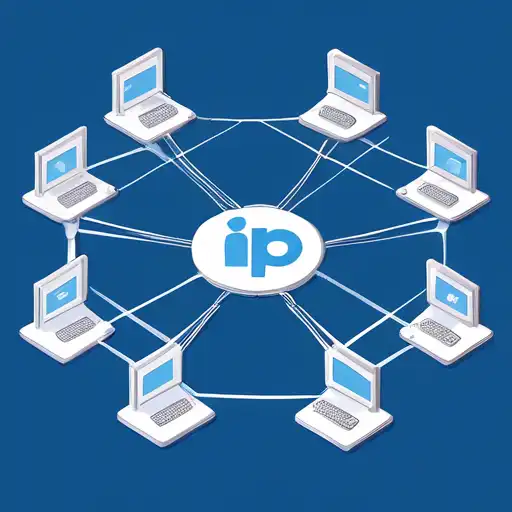Introduction to IP Addresses
In the digital world, an IP (Internet Protocol) address is akin to a home address for your device, allowing it to communicate with other devices on a network. Understanding IP addresses is fundamental for anyone looking to grasp the basics of networking. This guide will walk you through the essentials of IP addresses, their types, and their role in the internet ecosystem.
What is an IP Address?
An IP address is a unique identifier assigned to each device connected to a network that uses the Internet Protocol for communication. It serves two primary functions: identifying the host or network interface and providing the location of the host in the network.
Types of IP Addresses
There are two main versions of IP addresses in use today:
- IPv4 (Internet Protocol version 4): The most widely used version, consisting of four numbers separated by dots (e.g., 192.168.1.1).
- IPv6 (Internet Protocol version 6): Developed to deal with the exhaustion of IPv4 addresses, it uses a more complex format (e.g., 2001:0db8:85a3:0000:0000:8a2e:0370:7334).
How IP Addresses Work
When you type a website name into your browser, your device uses DNS (Domain Name System) to translate the domain name into an IP address. This IP address is then used to route your request through the internet to the server hosting the website. The server responds by sending the requested data back to your device's IP address.
Public vs. Private IP Addresses
IP addresses can be categorized as public or private:
- Public IP Addresses: Assigned by your ISP (Internet Service Provider), these are used on the internet.
- Private IP Addresses: Used within a private network, these are not routed on the internet.
Why Understanding IP Addresses is Important
Knowing how IP addresses work is crucial for troubleshooting network issues, setting up a home network, or even for cybersecurity purposes. It helps in identifying devices on a network, managing network traffic, and securing your network from unauthorized access.
Conclusion
IP addresses are the cornerstone of internet and network communication. Whether you're a budding IT professional or just curious about how the internet works, understanding the basics of IP addresses is a great starting point. For more advanced topics, consider exploring subnetting and network security practices.
For further reading on networking basics, check out our guide on Understanding DNS.
